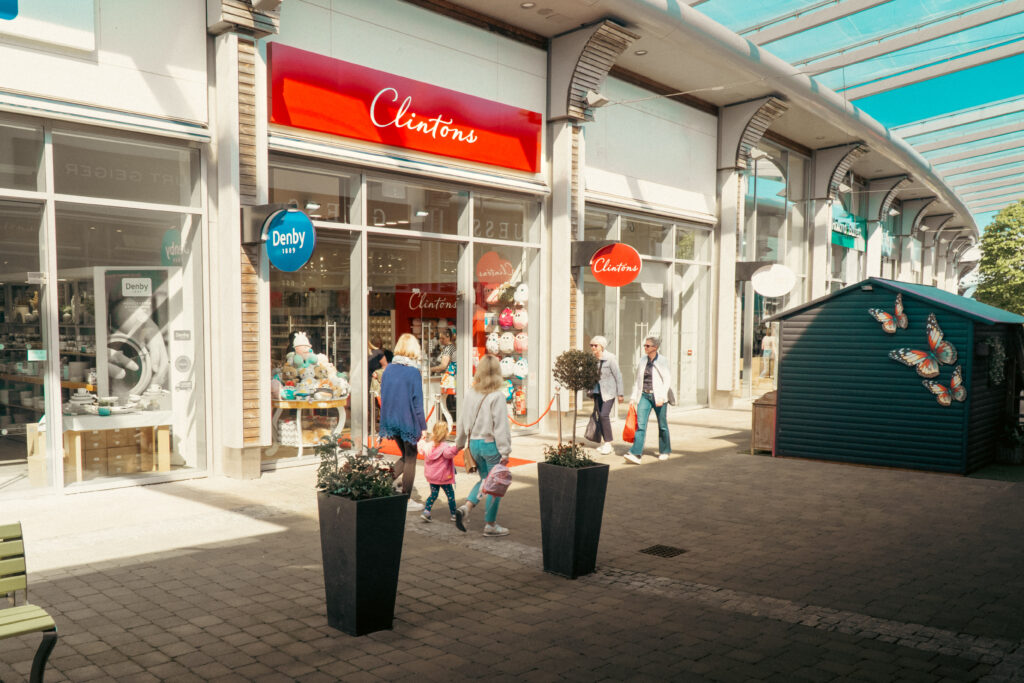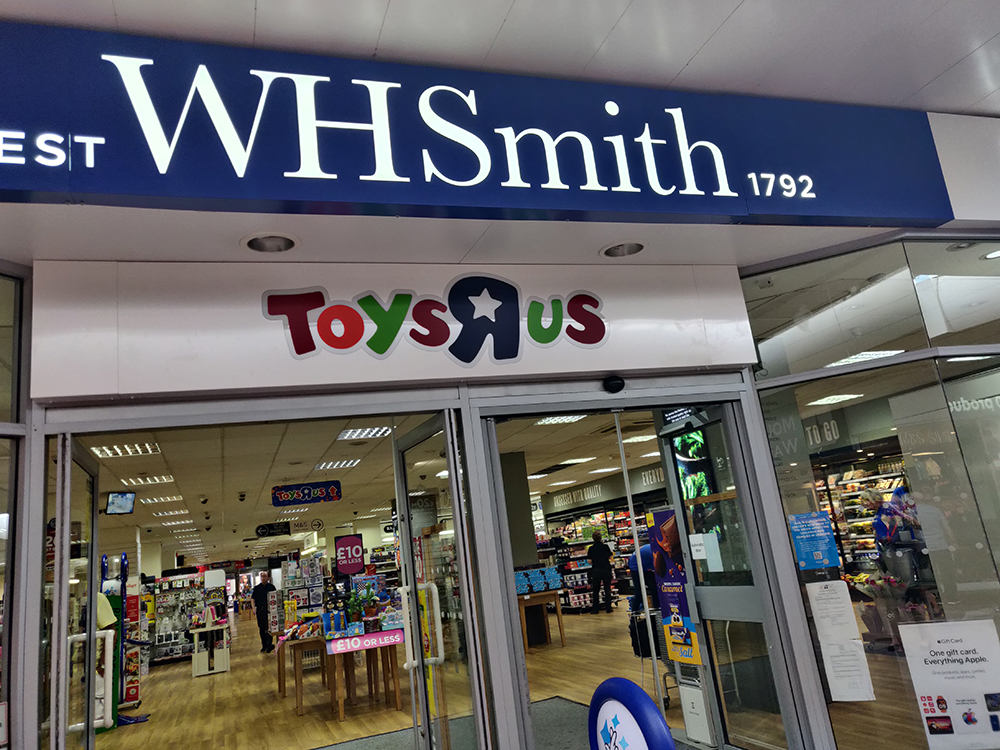The customer is always right. The phrase is as old as retailing itself and is a powerful watchword to remind us that retailers who ignore customer behaviour do so at their own peril. It has never been more important than now as retail experiences a convulsion of creative destruction throughout 2013, as the shift of shopping online and tough economic conditions force change across the retail sector.
Already this year, we have seen household names Jessops, HMV and Blockbuster go into administration after all companies battled to compete with online retailers. The problems have been mirrored elsewhere on the high street, where stores such as Comet and JJB Sports have collapsed in recent months.
Online sales exceeded expectations in December, with the IMRG Capgemini e-Retail Sales Index recording a 17.5 per cent year-on-year growth. The Christmas period provided a strong end to the year for online sales, with the Index recording growth of 14 percent for 2012 as a whole. In total, shoppers spent a staggering £78 billion online in 2012, and online retail is expected to grow by a further 12 per cent this year.
As recently as five years ago, online sales used to be a small part of a retailer‘s business but now it‘s a powerful tool, amounting to about 15 per cent of a company‘s sales on average. Many leading UK Retailers have adapted accordingly, embracing the opportunity new technologies offer them in connecting with potential customers. For example, John Lewis‘ online offer now accounts for a quarter of the retailer‘s business, with plans to extend its ecommerce website Germany and France this year.
Unfortunately, just when a retailer thinks it is delivering what the customer wants, customer expectations simply raise the bar to a new level. Differentiating and rising above the noise remains a massive and escalating challenge for retailers. The sectors that are evolving the fastest include those affected by shoppers moving to online or digital formats, such as specialists in music, games, books, news and stationary. Many retailers find it hard to compete with online giants, such as Amazon.
To ride out the storm successfully, retailers need to be fit for purpose and evolve with the times; you cannot rely on an outdated and broken business model. HMV‘s troubles are a structural failure; it failed to keep pace with both the shift to digital entertainment content and online retailing. The decline of buying CDs and DVDs in store can be largely attributable to the retailer‘s collapse. The retailer failed to recognise the shift to download sites like Napster and iTunes but also competition from Amazon; we haven‘t stopped buying physical disks, we simply do so online.
This doesn‘t mean at all that the physical store is on its way out; it just needs to evolve. 2012 was a challenging year, but with a defined multichannel internet strategy there is still huge potential for retailers in 2013.
People want choice and continually demonstrate their willingness to switch channels to suit their specific circumstances and secure the best deal for themselves. The shopping behaviour displayed by the agile consumer reinforces the importance to retailers of offering an integrated multichannel solution. Anyone failing to join their propositions and customer experiences across their channels is certain to miss out on opportunities for engagement as and when they arise.
By making the right technology decisions, both in-store and online, retailers and consumers stand to get the maximum benefits from digital solutions. Success comes down to the retailer‘s ability to provide a variety of propositions, develop growth through ecommerce and keep up with changing trends and technology that provide consumers with what they are really looking for. Retailers who focus their proposition and follow through with great customer service delivered in a personal and relevant manner wi
RELATED STORIES

















